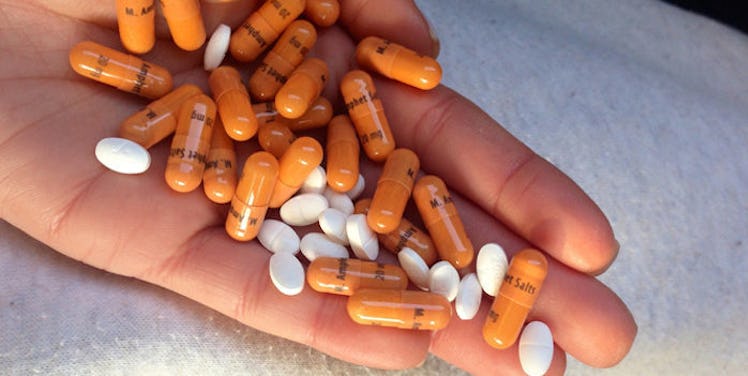Adderall: You've probably taken it, but do you know how it works?
The folks over at Reactions do, and they created a neat new video detailing the drug's history and how it works in the brain.
Adderall, they explain, is made of the stimulant amphetamine, which was first developed by a Romanian chemist in the late 1800s. While pure amphetamine was used by soldiers in several wars as an energy booster (Hitler allegedly enjoyed daily amphetamine injections), today, it's used in small doses to treat a variety of conditions, most commonly, ADHD.
While you'd think a stimulant would make the hyperactive more hyperactive, it actually does the opposite.
People with ADHD have lower dopamine levels in their brains, which causes them to seek constant stimulation (dopamine is a chemical involved with feelings of reward).
Adderall, however, stimulates the release of dopamine, satisfying the ADHD patient's need for mental stimulation. This, in turn, allows them to “slow down,” so to speak, and focus.
That said, amphetamine (which is very similar to methamphetamine) is only safe in small amounts.
Check out the video up top.
